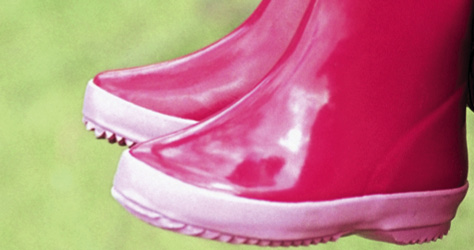Though their first shoes may be in the baby souvenir box, their feet are still developing at this age.
Football, ballet, running, well, everywhere – children’s feet are pretty active at this age. Here’s how you can make sure you’re looking after them.

Pre-School Foot Care
There’s a huge difference in foot development between a baby who is starting to take their first steps and the running, jumping and skipping you’ll see in the playground on your child’s first day at school. During that time, between the ages of one and four years, your child’s feet will have continued to undergo the huge changes that started with soft, unformed bones and ends up with fully functioning feet capable of all sorts of activities.
Your child’s walking pattern will start to change too, from a flat-footed stamping motion to a heel-to-toe walking style. They’ll start moving and flexing their knees and ankles at this stage too, making walking more fluid. They may still find it hard to change speed or direction but they will start learning to run and jump.
With so much change going on, you need to continue checking their feet regularly to make sure shoes fit and don’t rub or squeeze the soft tissue and bones. You should continue to have their feet measured every two to four months. If you think there is a problem with your child’s feet, you should ask a health professional or go to a local Chiropodist or Podiatrist for advice.
Shoes for Pre-School
At this stage, you should look for shoes which have very flexible fore-parts and shaped and stable back-parts with additional padding to cushion those busy little feet. The uppers should be a soft, breathable material to help keep feet fresh and there should be fully adjustable fastenings for a fit that’s snug but not too tight.
You need a good 14mm growing room and the soles and heels need to be firm and stable to avoid your child turning their foot over. You can also look for additional features on this type of shoe – for example, shock-absorbing soles. You should look for a choice of widths and half sizes and well-trained fitters.
Girls (and boys) very often want to wear shoes like mummy’s and letting them try on heels – your size or theirs - during supervised dressing-up sessions can be great fun. However, to make sure their feet continue to develop properly, leave the heels in the dressing-up box and stick to their fitted, flat shoes when you leave the house.